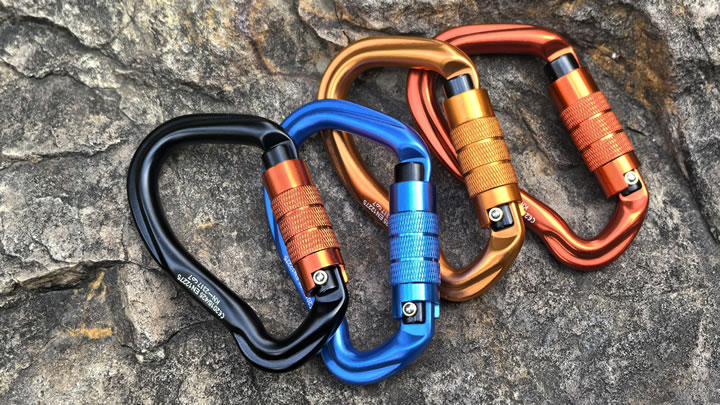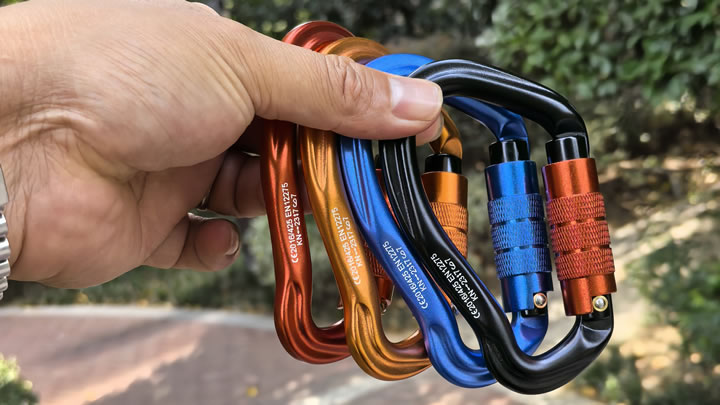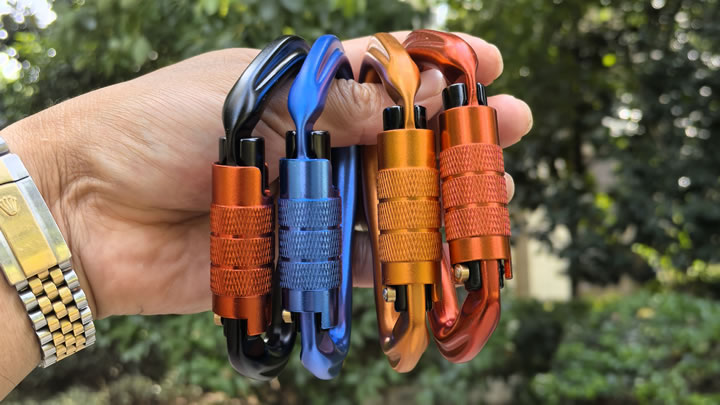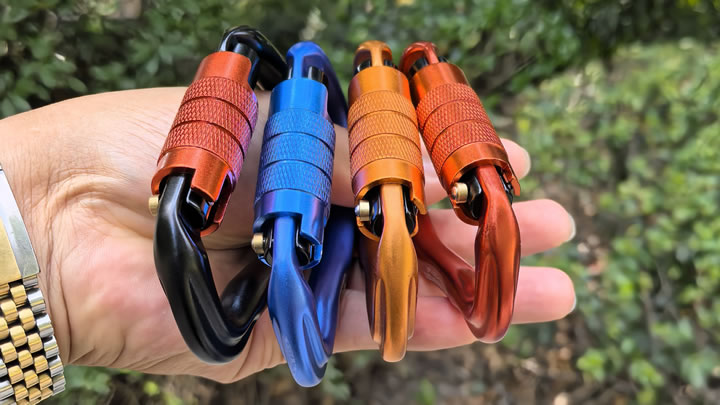Ultralight vs lightweight camping: Key differences
Here’s a 1,200-character SEO-optimized deep dive comparing ultralight (UL) and lightweight (LW) camping philosophies, structured for search visibility and reader value:

Ultralight vs Lightweight Camping: Key Differences ⚖️
Cutting pack weight transforms your hike—but where’s your sweet spot?
🔍 Core Definitions
- Ultralight (UL):Base Weight: <10 lbs (4.5 kg) (excludes consumables)Mindset: "Every gram counts." Relies on minimalism, skill, and sacrificing comforts.
- Lightweight (LW):Base Weight: 10–20 lbs (4.5–9 kg)Mindset: "Balance over burden." Keeps essentials without extreme sacrifice.
⚙️ Gear Showdown
| Category | Ultralight Approach | Lightweight Approach |
|---|---|---|
| Shelter | Tarp/bivy (6–16 oz) | Freestanding tent (2–3 lbs) |
| Sleep System | Thin pad + 30°F quilt (1.5 lbs) | Inflatable pad + 20°F bag (3 lbs) |
| Backpack | Frameless (12–18 oz) | Internal frame (2–3 lbs) |
| Cooking | Alcohol stove (1 oz) | Canister stove (5–8 oz) |
| Extras | Nothing non-essential | Camp chair, book, extra layers |
💡 Key Differences Explained
- Comfort vs. Speed:UL prioritizes mileage efficiency (e.g., 30-mile days on PCT).LW values camp comfort (chair, spacious tent) for leisurely trips.
- Durability:UL gear uses fragile fabrics (7D nylon) to save grams → higher failure risk.LW opts for robust materials (20-30D) handling rough terrain.
- Safety Margin:UL carries minimal redundancy (e.g., no backup water filter).LW packs emergency extras (first-aid, repair kit).
- Skill Demand:UL requires expertise in route planning, weather reading, and gear repair.LW forgives beginner mistakes with buffer gear.
📉 The Cost Paradox
| Ultralight | Lightweight | |
|---|---|---|
| Entry Cost | $$$$ (Cottage brands: Zpacks, Hyperlite) | $$ (REI, Big Agnes) |
| Long-Term | Replaces worn gear often | Lasts 5+ years |
Example: A UL tent (Dyneema) costs $600+; a LW tent (Nylon) $200–$400.
✅ Which Is Right For You?
- Choose UL If:Thru-hiking 15+ miles/dayYour budget allows premium gearYou’ve mastered backcountry skills
- Choose LW If:Weekend trips with friends/familyPrioritizing camp comfort over speedNew to backpacking
⚠️ Critical Tradeoffs
- UL Risks: Hypothermia (thin quilts), hunger (dehydrated-only meals), no "Plan B" gear.
- LW Downsides: Heavier packs accelerate fatigue, reducing daily range.
Pro Tip: Hybridize! Use UL principles (multi-use items, trimming duplicates) in a LW setup. "Ounces equal pounds"—but only shave weight after mastering fundamentals.
Verdict: Ultralight = racing the trail; Lightweight = savoring the journey. Most thrive at 12–15 lbs: enough safety without crushing weight.
Start Here: Weigh your current kit (LighterPack.com), then cut comfort items last. #Ultralight #LightweightBackpacking #HikingGear






